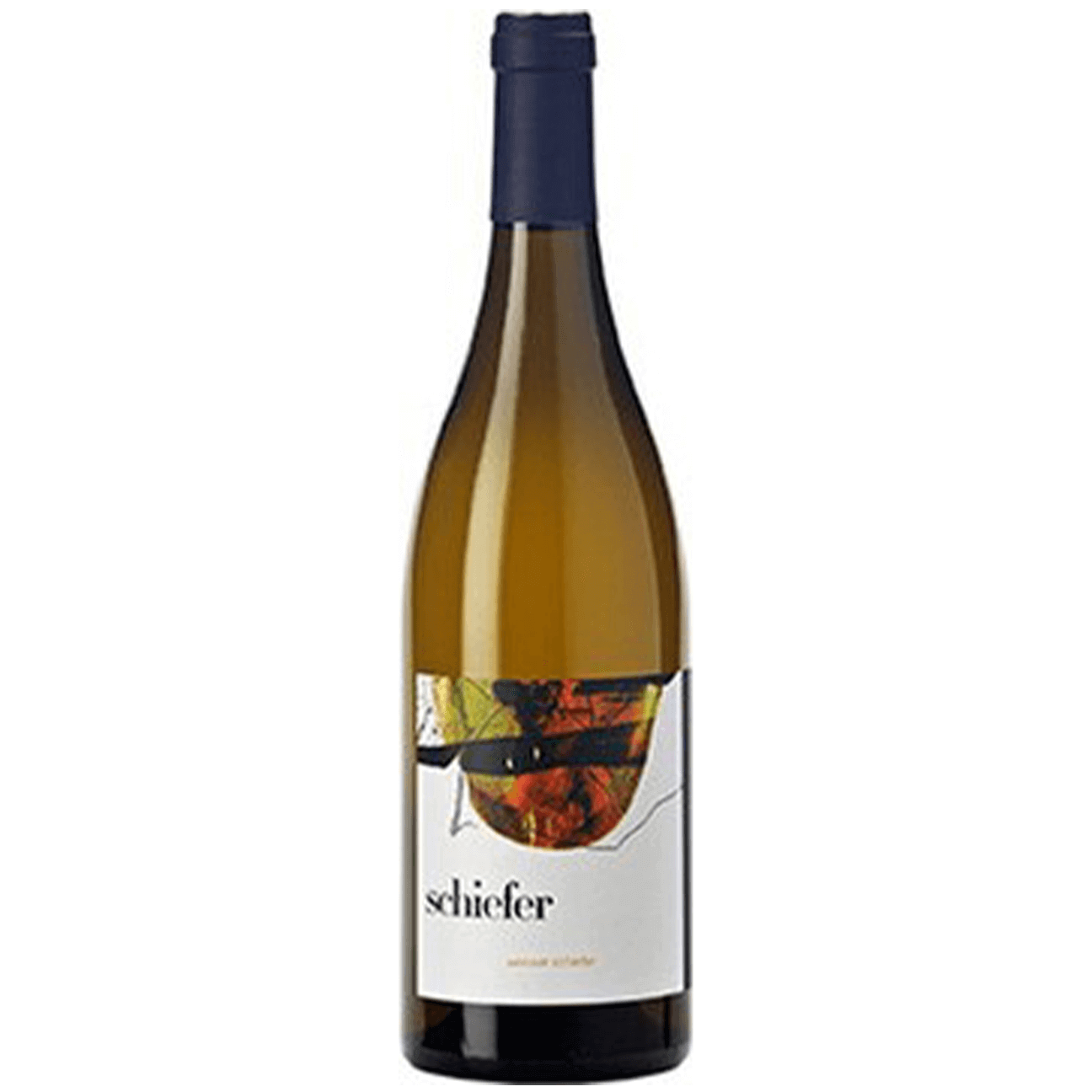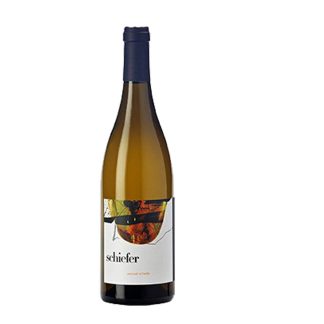Description
About Uwe Schiefer
A grower who almost single handedly revived one of Austria’s great red wine terroirs, Uwe Schiefer [pronounced Uber Shee-fur] moved to Welgersdorf, Südburgenland, in 1990 with the dream of starting his own little estate. As he studied at the newly opened Austrian Wine Academy in Rust, Schiefer became fascinated with the nearby region of Eisenberg, then a small, out of the way and little-known amphitheater of hillside vineyards next to the Hungarian border. The vineyard’s unique blue-green slate shot through with iron—eisen is German for —the old vines, high altitude and the coolest climate in Burgenland struck Schiefer as tailor made to produce the style of the aromatic, lithe, reds that he loved to drink. Beginning with almost nothing in 1994, Schiefer began to slowly acquire small, mostly Blaufränkisch, plots in Eisenberg’s steep, unirrigated slopes. Friendships with another Austrian lone wolf, Roland Velich (of Moric), and several Burgundian producers, further helped Schiefer to hone his philosophy and craft. Today, with 16-hectares, Schiefer is the largest vineyard owner in Eisenberg but is no longer the only quality-focused grower. Where Schiefer pioneered, others have followed and today this once forgotten backwater has a winemaking revolution on its hands, not to mention it’s own DAC, ratified in 2008.
If the Eisenberg is, as Stuart Pigott has it, “Austria’s greatest wine secret”, then Uwe Schiefer has to be its King of the hill. It’s true that the region has an Achilles heel—frost and hail—and it was probably these factors that led to its decline in the modern era as growers sought easier, warmer climates. Following a series of harvests where his yields were smashed, even Schiefer was forced to look north to Leithaberg (in 2012) to provide some kind of insurance policy to his decimated Eisenberg crops. The Estate now works 4-hectares of Blaufränkisch and Grüner Veltliner in the less marginal, though still cool terroirs of Purbach on sandy-loam, slate and the local limestones, Leithakalk and Muschelkalk.
Currently, Schiefer works organically, and biodynamically in some of the Eisenberg single vineyards which are bottled according to soil type: Königsberg (limestone), Szapary (blue slate) and Reihburg (iron rich clay over slate). In the coming years he hopes to convert all the Eisenberg vineyards to biodynamic culture. While in Eisenberg the focus in on the single site wines (which we hope to ship more of in the future), from the Purbach vineyard he bottles a delightful trio of Blaufränkisch, a Blaufränkisch rosé and a rare regional example of Grüner, all under screwcap. In the cellar, Schiefer wants to express purity and is therefore big into the “less is more” philosophy, using only natural yeasts, no fining or filtration, little or no sulphur, and little or no new oak. He has also begun to extend the time his red wines spend on their lees, with the idea of releasing them later. He has therefore moved onto much larger oak casks, 600-litre to 3,000-litre, with thicker staves, including Stockinger casks (it was the Stockinger family in fact who, along with our friends at Zalto, alerted us to this Domaine with a forceful “You’ve got to taste Uwe’s wines, he’s the best red wine producer in Austria,” a few years ago.)
As you might gather from the quotes above, Schiefer is known for his “profoundly delicious” and “addictive” Blaufränkisch: these are wines of silky purity allied to Eisenberg’s distinctive peppery, spicy aromatics and high grown freshness. They offer the finesse and juiciness of great Pinot Noir. By contrast Schiefer’s white wines are somewhat quirkier. Schiefer began experimenting with skin contact, whole bunch ferments and low/zero sulphur back in 1999. He’s still going and his sponti-fermented, early picked, earthy-savoury, powdery whites sit far from Austria’s traditional big bodied styles. Deliciously so. We hope you enjoy these examples of the ‘new Austria’ as much as we do. We’re very proud to include them in the portfolio.




